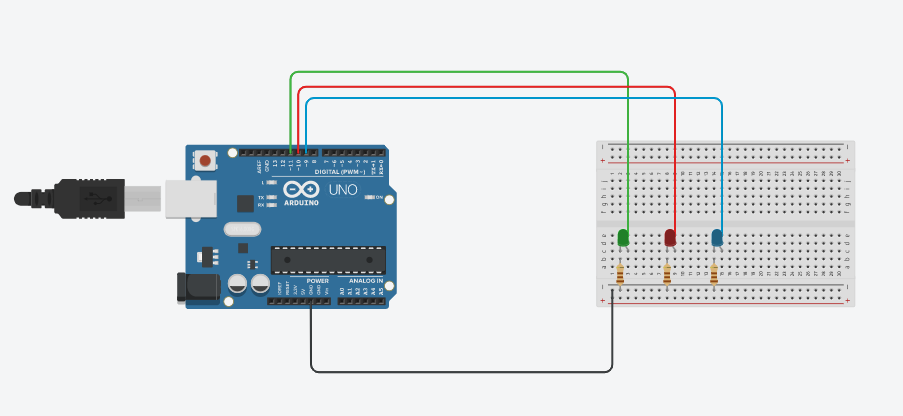


- Arduino arduino analogwrite implementation drivers#
- Arduino arduino analogwrite implementation software#
- Arduino arduino analogwrite implementation free#
Public License along with this library if not, write to theįree Software Foundation, Inc. You should have received a copy of the GNU Lesser General Lesser General Public License for more details. MERCHANTABILITY or FITNESS FOR A PARTICULAR PURPOSE. This library is distributed in the hope that it will be useful,īut WITHOUT ANY WARRANTY without even the implied warranty of For simplicity, the project is implemented at a smaller scale. Version 2.1 of the License, or (at your option) any later version. According to software coding, the Arduino UNO is a popular opensource microcontroller. 2- Use the analogWrite(pin, dut圜ycle) function to set the PWM duty cycle value. To generate a PWM signal output on any of these pins, you have to do the following: 1- Set the pin in output mode using the pinMode(pin, OUTPUT) function. The analogWrite function provides a simple interface to the hardware PWM, but doesn't provide any control over frequency. The pins with the ( ) mark next to their number are PWM output pins.
Arduino arduino analogwrite implementation free#
License as published by the Free Software Foundation either The Arduino's programming language makes PWM easy to use simply call analogWrite (pin, dut圜ycle), where dut圜ycle is a value from 0 to 255, and pin is one of the PWM pins (3, 5, 6, 9, 10, or 11). Modify it under the terms of the GNU Lesser General Public This library is free software you can redistribute it and/or Wiring_analog.c - analog input and output Then I wanted to know, what is going wrong and I have found this page: arduino/ArduinoCore-avr/blob/master/cores/arduino/wiring_analog.c /* But as soon as connecting the second LED to the another PIN (or one of the other PWM-pins of my MEGA), the mentioned strange behaviour occurs. If I comment out the second "analogWrite(3, 200)", the LED on PIN 2 become darker (as it is using the value = 5).Įach of this PINs work fine with 1 LED, dimming is working as expected.

When the value for analogWrite is greater than 128, the LED turns on and the. Whenever the value for the analogWrite function is below 128, the LED is completely off, and my multi-reader shows 0v. I use the Elegoo board from the Most complete Starter Kit MEGA 2560 Project.Īnd the connection of 2 LEDs to the Pins 2 and 3 by 220 ohm resistors result in Dimming the first one (PIN2) to 200 brightness, and disabling the second one (PIN3).įirst I though that maybe there is too much current flow and I tried to use an NPN connected by a 10k resistor to base. I am trying to change the brightness of an LED with the analogWrite function, but it does not seem to be working.
Arduino arduino analogwrite implementation drivers#
Motor drivers and H-Bridge devices utilize this principle as well.As I saw some people mentioning analogWrite() bugs some time ago I got my first now too. This is called "level shifting" and there are standalone ICs which can do this job. If you want to make a higher absolute voltage, you will need an external power source and a method of translating the 0-5V output into another voltage range. This is not possible using the Arduino by itself, because PWM represents a fraction of the maximum output, not an absolute value. analogWrite() with only digital pins which have a next to the number (to change the brightness of an LED for example). It sounds like you might want to output a higher maximum voltage than what you get from using analogWrite(pin,255) on the Uno or Mega. The other questions so far have correctly addressed one possible meaning of this question, "how can I increase the resolution?" Here's another possible interpretation.


 0 kommentar(er)
0 kommentar(er)
